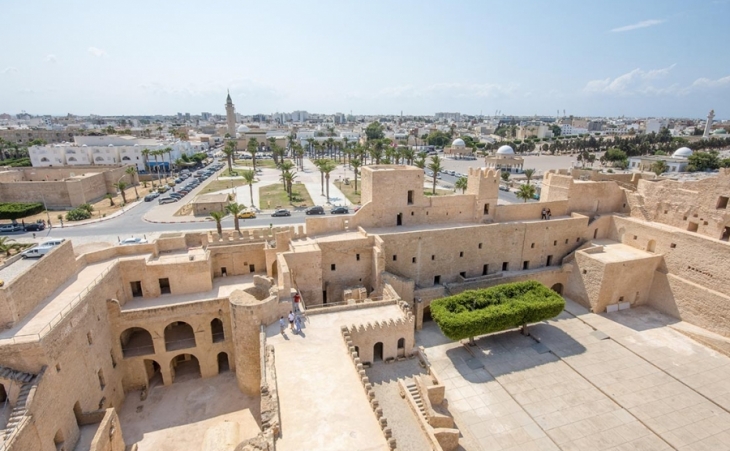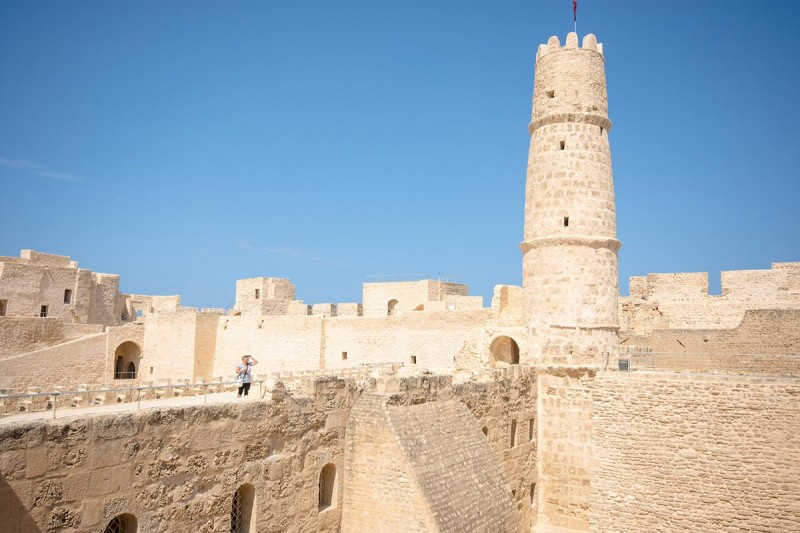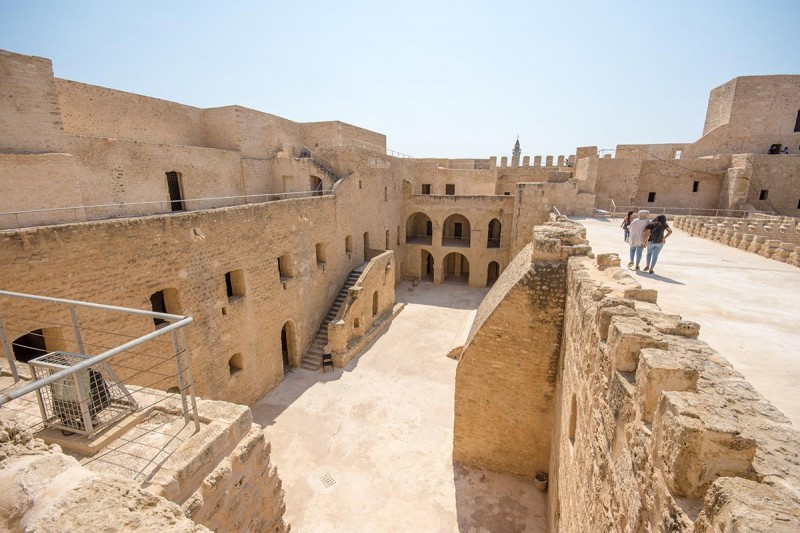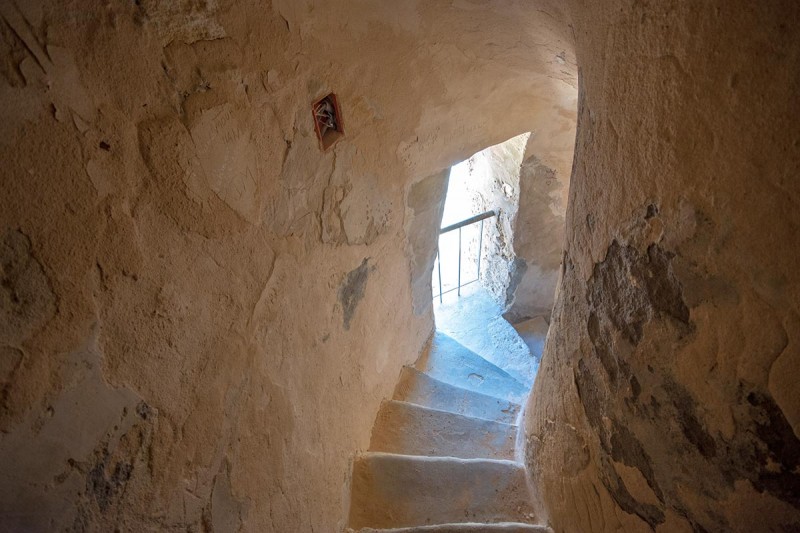
One of Tunisia’s most impressive monuments is Monastir’s Ribat, a gorgeous fortress facing the sea. Its history is as astonishing as the scenery that it offers from its high tower…
They lived in fortresses, looked out for enemy attacks from a high watchtower, and welcomed the population in case of danger.
A line of ribats stretched all along the coast of North Africa: the cities named Rabat, in Morocco and Malta, are ancient ribats.
It is said that thanks to their high towers, a light signaled-message could be conveyed in one night from Ceuta in Morocco all the way to Alexandria.

Later, during times of peace, the ribats were inhabited by Sufis, Islam’s mystics.

At the end of the Middle Age, it was a great religious center were students flocked. Some historians even think that a part of the monument was fitted to welcome women.
Monastir’s Ribat was a sort of “Muslim monastery”, and the town of Monastir a holy city. It was said that it was “one of the gates to heaven”.
But the religious aspect of Monastir was in fact far more ancient: it was surprisingly the presence of an ancient Christian monastery that gave the city its name. Thus, Monastir changed its religion, but not its calling.

You will enter in two prayer rooms, including one housing a collection of medieval time objects.
You will also notice the consecutive enlargements, the round or square towers, the platforms added during Turkish times to put cannons.
But you mostly have to go at the top of the watchtower to contemplate the panorama of the city and the sea.
A lightly difficult climb through a spiral staircase of a hundred steps, but it is worth it!
More about Monastir and its surroundings
Video: the Ribat of Sousse